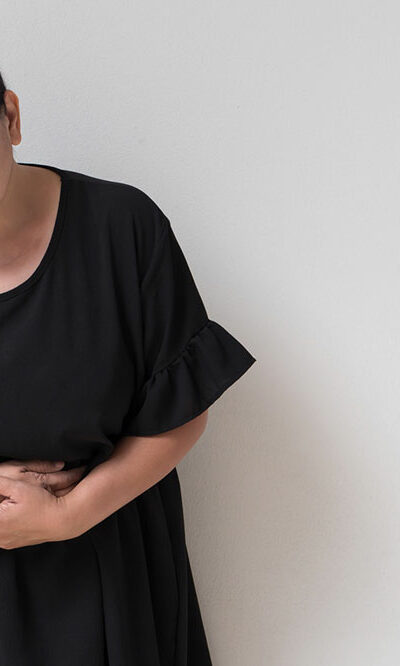8 early signs of prurigo nodularis

Prurigo nodularis is a chronic skin condition that leads to itchy, stiff, and raised nodules or papules on the skin’s surface. It is a fairly common disease that many people experience across the country. The nodules often appear in clusters and can cause intense itching, discomfort, and distress to those affected. While prurigo nodularis typically develops gradually, several symptoms signal its onset. A few such early signs are listed below.
Itchy skin
Intense itching is the most prominent and persistent early sign. It can be localized to a specific body area or more widespread. The itching may start as a mild itch but worsen over time. Moreover, it may get out of control when someone scratches vigorously. If itchy skin gets worse or does not go away, one should visit a dermatologist or other healthcare professional.
Red or brown bumps
In the early stages, tiny red or brownish bumps may appear on the skin’s surface. These bumps are often raised and hard to the touch. Their size can vary from a few millimeters to several centimeters in diameter.
Nodule formation
The red or brown bumps may develop into larger, hard nodules or papules as the condition progresses. These nodules can be pretty firm and may be dome-shaped or flat-topped. They are typically very itchy and may bleed or become infected if scratched excessively.
Clustered lesions
Prurigo nodularis tends to affect the skin in clusters or groups of nodules. These clusters can appear on various body parts, including the arms, legs, back, and neck. The lesions may be symmetrical, occurring on both sides of the body, or localized to one area.
Scratching and excoriations
Due to the severe itching associated with the condition, individuals may scratch vigorously. This can lead to excoriations or open sores on the skin. These sores can become painful, increase the risk of infection, and cause further discomfort.
Secondary skin changes
Over time, the constant scratching and rubbing of the skin can result in secondary skin changes. These may include skin thickening (lichenification), scarring, and changes in skin color due to chronic inflammation.
Sleep disturbances
The intense itching and discomfort caused by prurigo nodularis can disrupt sleep patterns, leading to insomnia and decreased quality of life. The itching often worsens at night, making it particularly troublesome.
Psychological impact
The chronic nature of prurigo nodularis and the constant itching can have a significant psychological impact. Individuals may experience anxiety, depression, and decreased self-esteem due to the condition’s effects on their appearance.
It’s important to note that prurigo nodularis is challenging to manage. Scratching should be avoided as much as possible, as it can exacerbate the symptoms and lead to complications. If one notices any of these early signs or suspects they have the condition, it is crucial to seek expert evaluation and treatment from a dermatologist. Treatment options may include topical solutions, phototherapy, and strategies to manage itching and prevent further skin damage. Early intervention can help improve the management of prurigo nodularis and alleviate its distressing symptoms.







